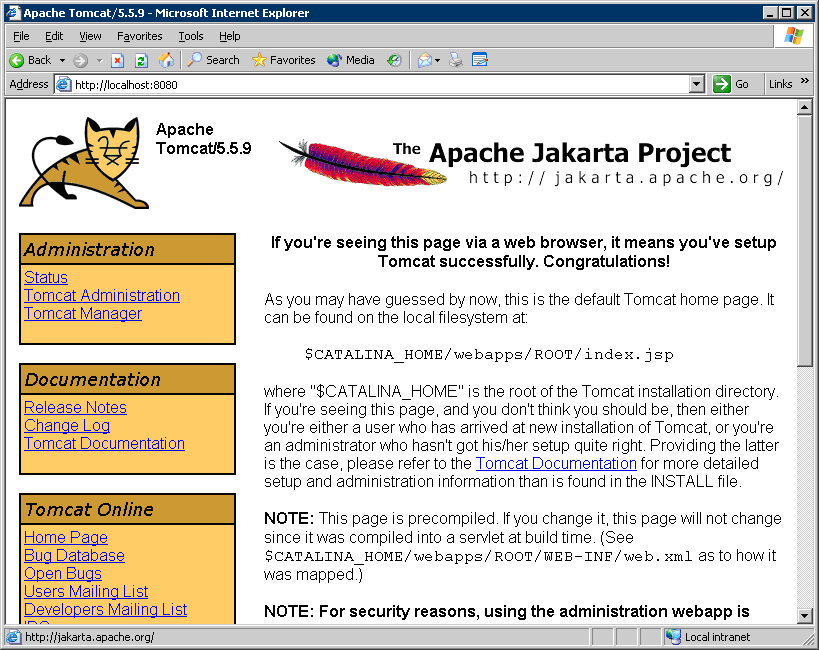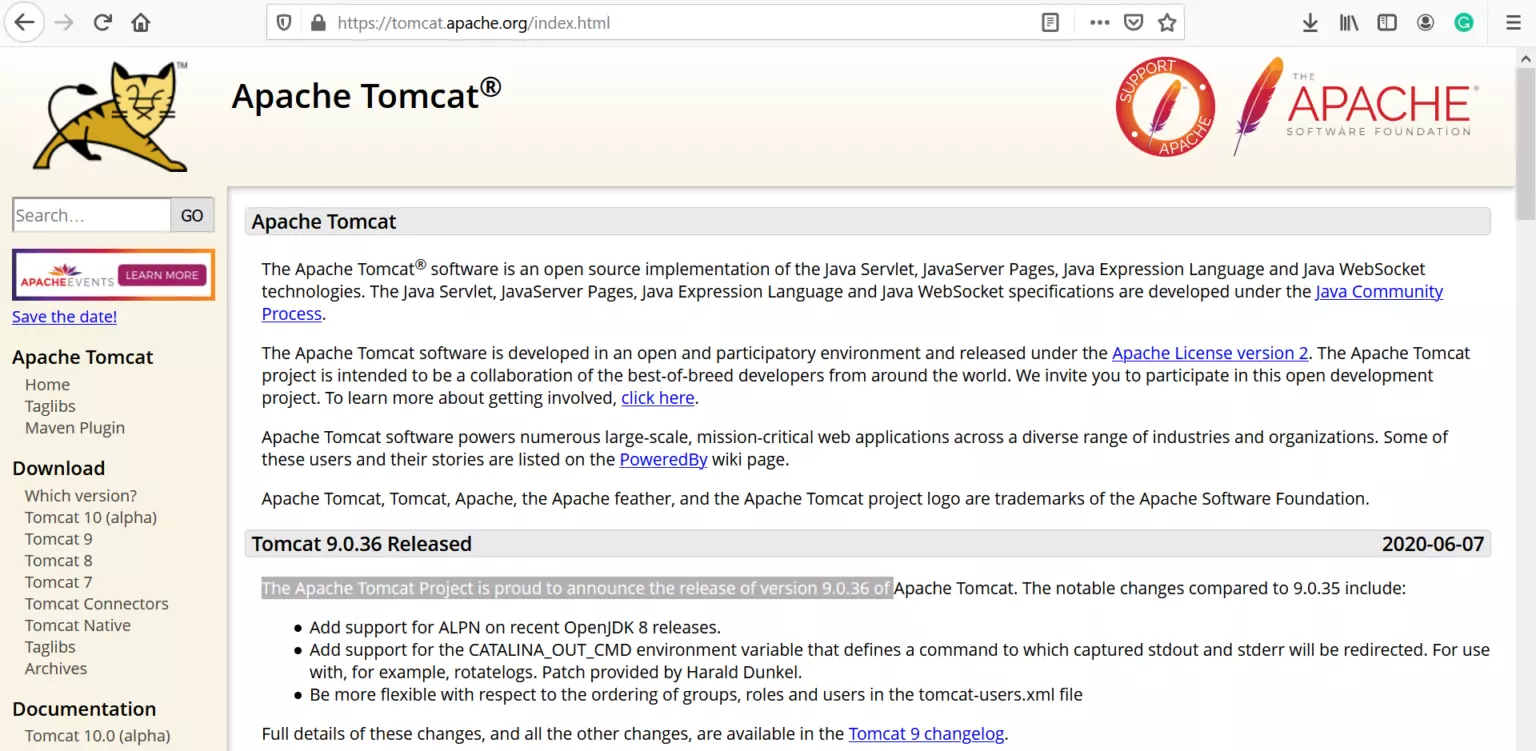
With a single click, applications can be deployed to native, virtual and cloud environments. The company has a marketplace (it calls it a launchpad) from where organizations can deploy a huge variety of open source and commercial applications. This cost difference is even greater if I decide that I need to make my stacks available at a static IP address and/or given DNS name.Bitnami is a cool little vendor doing something fundamental (if, arguably, a little unexciting).
#Bitnami apache tomcat install#
Next I'm going to install a webapp on Tomcat, a database on MySQL, etc. My Bitnami Tomcat stack Docker image is a just a building block.I can go to AWS and, in less time and less effort, create a new VM that is functionally equivalent to the docker container that I have created here. Īt the beginning of this post I pointed out that Bitnami stacks exist in machine image form for most popular systems. This issue is being tracked by Docker here. When Tomcat tries to run for the first time. RUN bitnami-tomcatstack-7.0.56-0-linux-圆nĬommand will fail with the following error:Ĭheck that your kernel supports capabilities However, at the time of this writing, the containers used during the "docker build" command do not allow their processes to request capabilities. Steps 3-5 could have been replaced using the "docker build" command and a Docker file. bin/bash : This option tells Docker to run a bash shell inside the container.Īt this point you should find yourself at a container-level prompt 4 - Run the Bitnami Installer In this case it is the default Ubuntu image that we pulled in Step 2. Ubuntu : This option specifies the image to run in the container. i, -t : These two options connect you to the shell running inside the container.
#Bitnami apache tomcat free#
Obviously you can map the container port to any free port on your VM (e.g 8080 using "-p 8080:80"). This option maps port 80 of the container to port 80 on our VM. p 80:80 : By default the Apache web server listens on port 80.


This will allow us to access the installer file from inside the container. v /root/bitnami:/bitnami : This option bind mounts "/root/bitnami" on the VM to "/bitnami" in the container.
#Bitnami apache tomcat code#
I should dig into the Tomcat code and figure out exactly which capabilities it is requesting and grant only those capabilities (see the " principle of least privilege"). This is a sloppy and dangerous thing to do. This option allows processes within the container to set any capability they want. By default Docker does not allow processes within a container to do this. establish the privilege to do one or more "superuser like" things). cap-add=ALL : When it starts, Tomcat tries to set some capabilities (i.e.


 0 kommentar(er)
0 kommentar(er)
